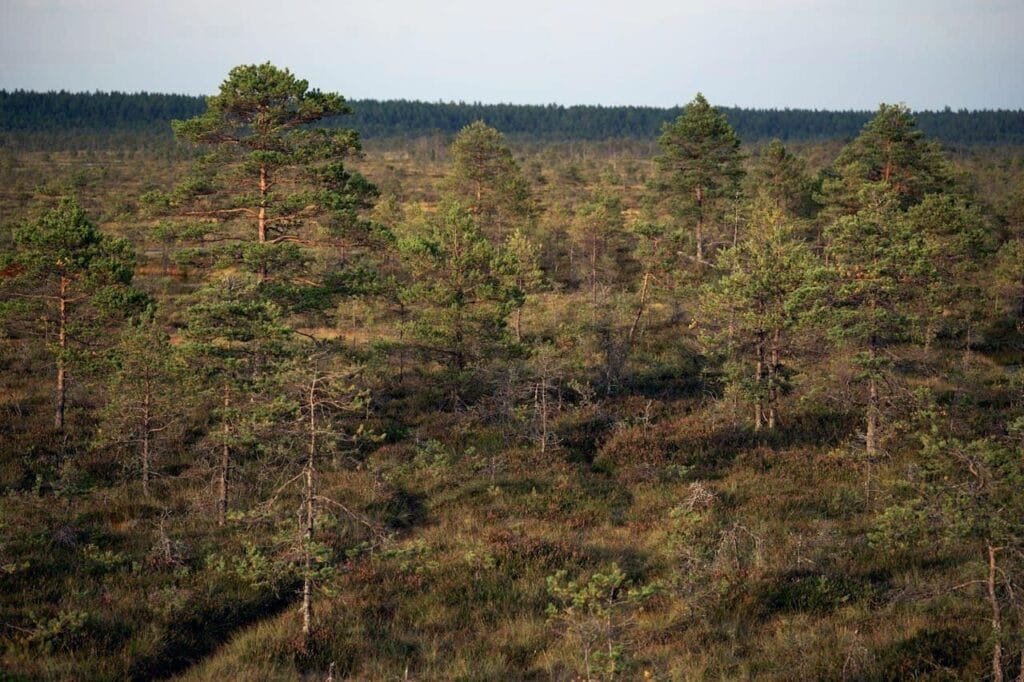The EU’s Regulation on Nature Restoration, which sets binding targets to restore Europe’s degraded ecosystems will enter into force on Sunday 18 August.

Full implementation of the law will help restore the EU’s biodiversity and stop further biodiversity loss, reach climate neutrality by 2050 and adapt to climate change, and enhance food security for EU citizens.
The law sets in motion a process for continuous and sustained recovery of nature across the EU’s land and sea while supporting more sustainable economic development and agricultural production and working hand in hand with the development of renewable energy.
As an overall target to be reached at the EU level, Member States will put in place restoration measures in at least 20% of the EU’s land areas and 20% of its sea areas by 2030. By 2050, such measures should be in place for all ecosystems that need restoration.
The law includes requirements to put in place restoration measures to achieve the good condition of key habitat types and habitats of species on land and at sea. It also requires maintaining urban green space and urban tree canopy cover and increasing this after 2030.
It will help achieve, by 2030, the objective of restoring at least 25,000 km of rivers into free-flowing rivers. In addition, it will contribute to reversing the decline of pollinator populations and improving their diversity, enhance biodiversity in agricultural ecosystems and the biodiversity of forest ecosystems, and contribute to the commitment to plant at least three billion additional trees by 2030 at the EU level.
The EU Member States will decide the specific measures they will put in place on their territories. For this purpose, each Member State will develop a national restoration plan, setting out restoration needs and measures to fulfil the obligations and achieve the targets of the law adapted to the national context, and taking into account the diversity of different regions.
National restoration plans will have to include a timeline for implementation, the financial resources needed and intended means of financing, as well as expected benefits, especially for climate change adaptation and mitigation. Member States need to identify synergies with other policies, such as climate change mitigation and adaptation, land degradation, disaster prevention, agriculture, fisheries, forestry and renewable energy development.
Member States must submit a draft plan to the Commission within two years from the date of entry into force, setting out milestones for 2030, 2040 and 2050. These plans need to be developed openly and transparently, allowing the public and all relevant stakeholders to participate in the process. The Commission will support national authorities in creating these plans.
The Commission will assess the draft plans and may make observations that Member States must take into account in their final plans. Within six months of receiving any observations, each Member State must finalise its plan, publish it and submit it to the Commission. The European Environment Agency will draw up regular technical reports on progress towards the targets. Member States will have to review their plans by 2032 and 2042 at the latest.
Member States can mobilise the necessary funds from public and private sources, including from EU funds. They can draw from a variety of EU funding opportunities, including the common agricultural policy funds, regional funds, the LIFE Programme, Horizon Europe (the EU research fund) and the European Maritime, Fisheries and Aquaculture Fund.
To meet the EU-wide objectives for nature restoration, the Regulation sets quantified and time-bound restoration targets for habitats included in Annex I of the Habitats Directive (including forest habitats, peatlands, grasslands, rivers and lakes) as well as targets for habitats of protected species under the Habitats and the Birds Directives, and restoration targets for essential marine habitats covered by the nature directives and the Marine Strategy Framework Directive.
Beyond the habitats covered by existing legislation, to ensure the continued provisions of ecosystem services to European citizens, the law requires Member States:
- to halt the loss of urban green and increase urban green space and urban tree canopy cover
- to restore the natural connectivity of rivers and the natural functions of related floodplains
- to halt and reverse pollinator decline
- to restore and rewet peatlands under agricultural use
- to put in place measures aiming to increase farmland bird populations and to achieve a positive trend in certain other key biodiversity indicators in agricultural ecosystems
- to achieve a positive trend in a range of biodiversity indicators in forest ecosystems
- to contribute to the EU-level commitment of planting at least three billion additional trees by 2030


